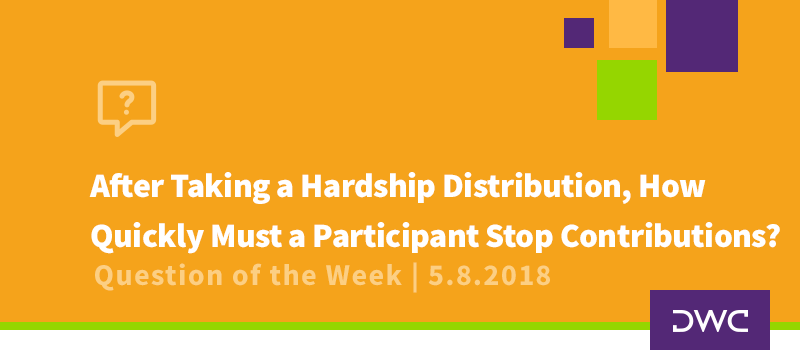
Easy Peasy Lemon Squeezy…Not When It Comes To Retirement Plans
Qualified plans are complicated beasts regardless of size or design. This truth is sometimes forgotten at this time of year when sponsors and service-providers are busy dealing with nondiscrimination testing and contribution calculations. I've many situations in which a plan sponsor decided to skip testing for a year, because their plan was so easy there was no way it could fail. Similarly, I've seen service-providers decide to skip the critical peer review step in their process, because nothing could possibly have been missed on such an easy plan.
Let’s consider a couple of those “easy” plan designs.
Salary Proportional Profit Sharing/Money Purchase Plan
This design has very few moving parts…no employee deferrals and often trustee-directed investments. Easy!
In the last 12 months, I have had at least 6 of these come to me in need of help.
- One employer had never filed Forms 5500 and had allocated contributions using an incorrect method. Between corrective contributions, professional fees and IRS/DOL voluntary correction fees, this employer with fewer than 5 employees spent close to $30,000 to repair the damage.
- Another had 2 profit sharing plans and a money purchase pension plan and did not cover any of its “part time” employees. The only catch was that those part-timers were working about 1,500 hours per year and had been for more than 10 years. Their cost to fully correct was projected to be more than $100,000.
- Still another contributed the $49,000 maximum for each of its two employees despite a considerable reduction in compensation due to the recession, causing them to exceed the maximum deduction limit. A few excise taxes, amended corporate and individual tax returns and professional fees later, the price tag was well into 5 figures.
- All three of these plus three others missed the mandatory EGTRRA restatement deadline from 2010. Several also missed the GUST restatement deadline from 2003. The price tag for these corrections averaged a few thousand dollars each.
Safe Harbor 401(k) Plans
What could be easier than a plan that gets a free pass on nondiscrimination testing?
- There are very specific rules on when safe harbor plans can be started, stopped, funded and changed. Missing any one of these jeopardizes the plan’s tax-qualified status.
- Safe harbor plans that allow split eligibility for deferrals and safe harbor contributions lose their free pass on the top-heavy minimum contribution.
- Plans that make an additional profit sharing contribution also lose that top-heavy free pass.
The “easy” moniker may come from an over-zealous salesperson seeking to minimize the administrative/financial burden to their prospect. It may come from an inexperienced service-provider who doesn’t know better or who hasn’t kept up with the latest rules and regulations. It may be the result of a plan sponsor who is convinced s/he can do it themselves and don’t need to pay for professional help.
The Pension Protection Act of 2006 is over 1,000 pages long, and that is only one of many pieces of legislation governing qualified plans. The ERISA Outline Book, a 7-volume reference, is more than 16 inches tall when all the books are stacked on their sides, and almost all of its contents apply to all types of qualified plans.
Whether you sponsor, sell, administer or otherwise advise on retirement plans, do not fall prey to the myth of “easy.” Some plans are certainly less complex than others, but all are subject to complex rules. If you don’t have the knowledge and experience with them, you will save time and money in the long run by working with someone who does.

















